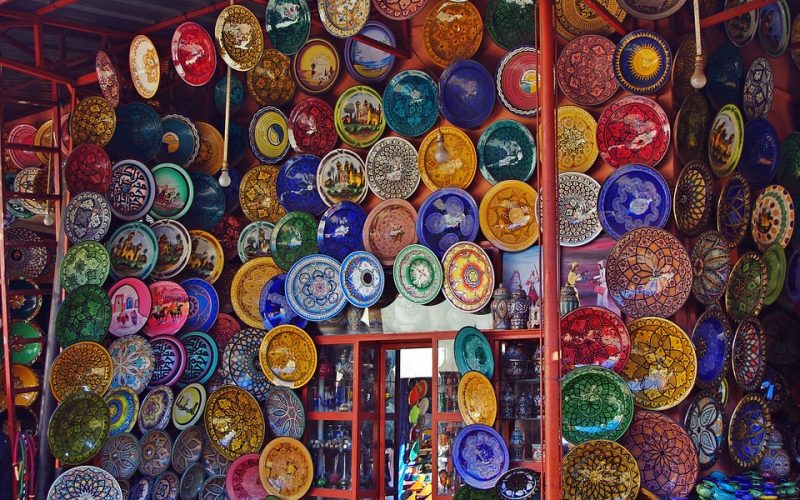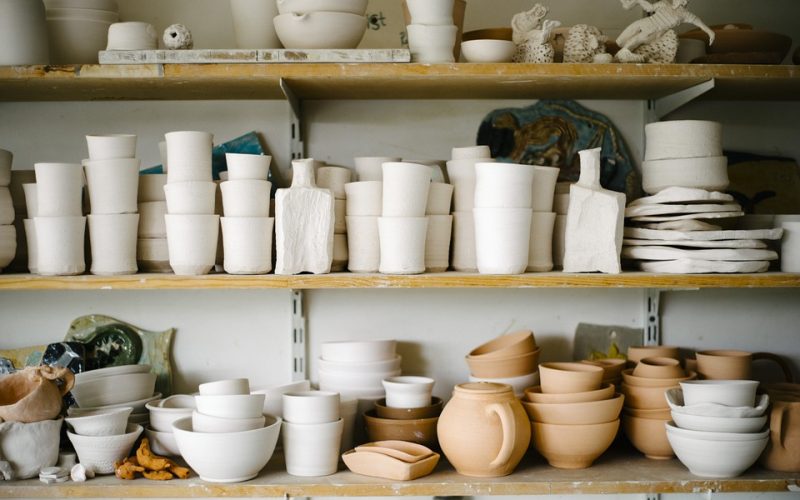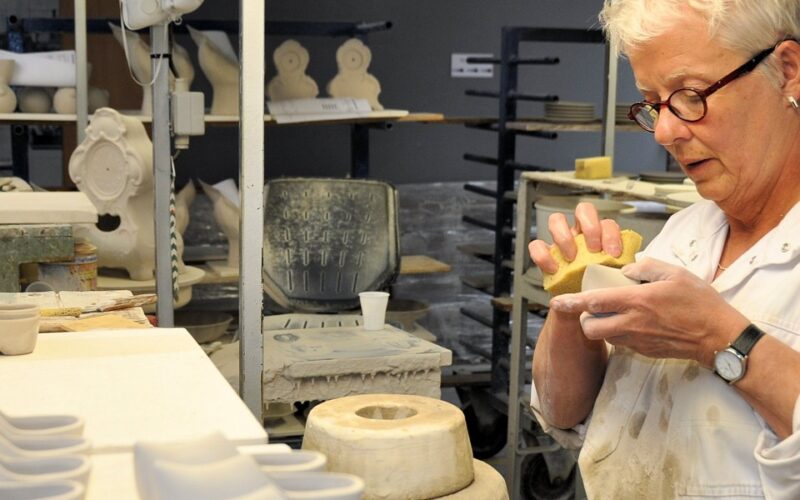Ceramic pottery has long been decorated by many different cultures that produced and used it for storage and cooking. Originally it was hand decorated by artisans as civilization allowed more time for recreation. There was no mass production and every piece was hand-crafted. Artisans had time to spend on each piece of pottery and made it a work of art. Eventually, as civilization progressed, some artisans became famous for their work.
Once an artisan became known, the number of orders for their work increased. The method of hand painting every piece produced meant more worth as each item was a work of art in itself. Consumers who wanted the work of a specific artist often had to wait long periods of time while the pottery was made and decorated individually. No two pieces of pottery were exactly the same, and a consumer who wanted to match a pattern for several items had a long wait as the artist hand-painted each piece.
The ability to mass produce specific designs for pottery came in the middle of the 18th century. Simon Ravenet, of France, invented a method of using ceramic transfers or ceramic decals to place a one-color image on pottery. His process consisted of engraved copper plates that were coated with the color of ink desired. The ink was transferred to hand-made tissue paper and pressed onto a clay pot that had been dried but not fired. After the paper was removed, the ink design remained.
While this method of decorating greatly reduced the amount of work for the artisans at the time, it was still time-consuming. Making the plates was the lengthiest part of the process, and the hand-made paper was expensive. Modern methods have reduced the cost of inking designs onto the paper and cut out the engraving step. This has made individual lithographs for transfer readily available at a cost effective price for the modern potter.


















